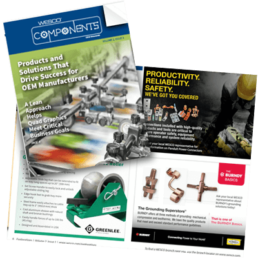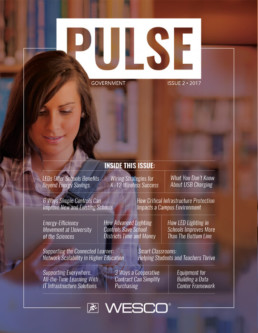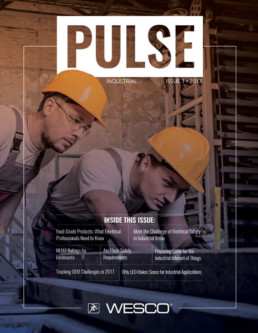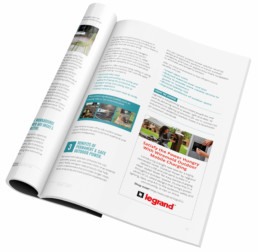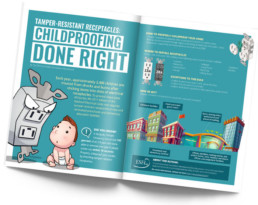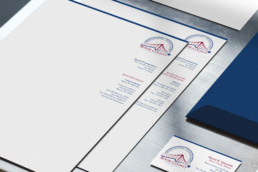Layout | Design | Art Direction
Re-inventing a Series of Publications Into one Branded Magazine.
Historically, WESCO produced a publication called a mini-magazine, which functioned as a co-op piece in which a suppliers' presence was mostly ads. Generally, there were a few articles, but heavily promotional. I was tasked with an objective to refresh the piece for marketing in both digital and print.
Challenges
The original publication, called a mini-magazine, was produced as a co-op piece that suppliers would pay for space in. Each market had it’s own magazine name and branding for the cover. Generally, there were just a few articles that were promotional heavy, almost reading as advertorials, and the rest of the publication was ad space. There were no real calls to action or anything to track, so the readership and success was unkown.
Solution
Multiple Markets, One Branded Look.
The mini magazines were being produced for the markets that served Data Communications, Government, Construction, Industrial. Rather than each having its own name and brand, we united all of the segments under one magazine name. This would help achieve brand awareness where segments intersect or cross-sell.
The Digital Marketing team and I strategized with the marketing leaders for each of the segments on how to improve the publication. The solution was to keep it a magazine but to increase its value as thought leadership by letting useful and timely content take up the most real estate.
The layout was designed not only with target audience and great aesthetics in mind, but also a layout and a style that could be self-sustaining. In three of the markets, the production schedule was quarterly and the fourth was monthly. Knowing that a vendor or contract resource would be needed for this kind of production schedule, it was important to me that the template I developed would be foolproof containing all of the elements of the WESCO brand and magazine design.
Advertisement Opportunities.
To keep the publication a co-op offering in the marketing menu, we leveraged the industry expertise of our suppliers to provide original content for the articles. Rather than short articles, we were now looking for longer-form that provided value to the reader. Every supplier who had an article also had an opportunity to advertise a product or product line.
We made sure to include clear calls to actions throughout including links to the eCommerce site products. We used separate tracking codes for print vs. digital so that we could measure the success separately.
Stand Alone Content.
Where longer content didn't make sense due to the nature of the subject, we took the opportunity to create the information into infographics or just a nice illustrated piece. We used these single spread designs to promote the magazine on social media and our blog.


